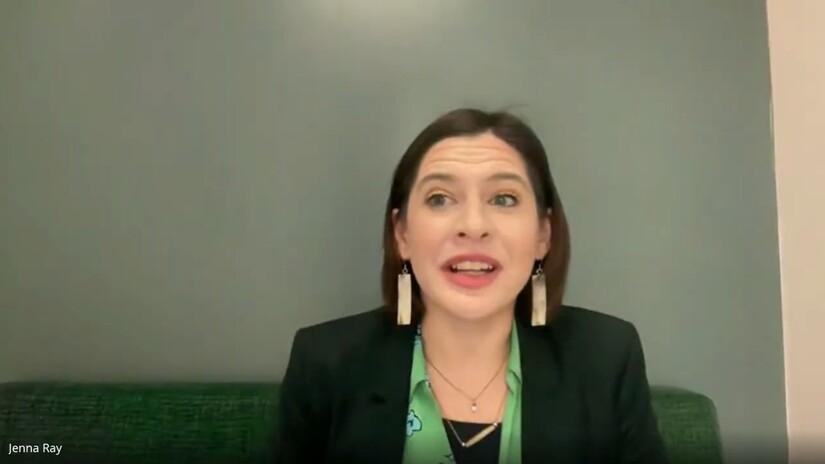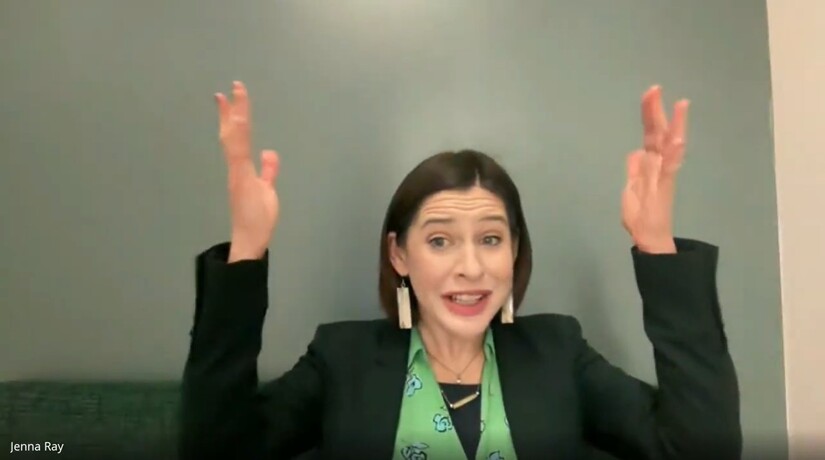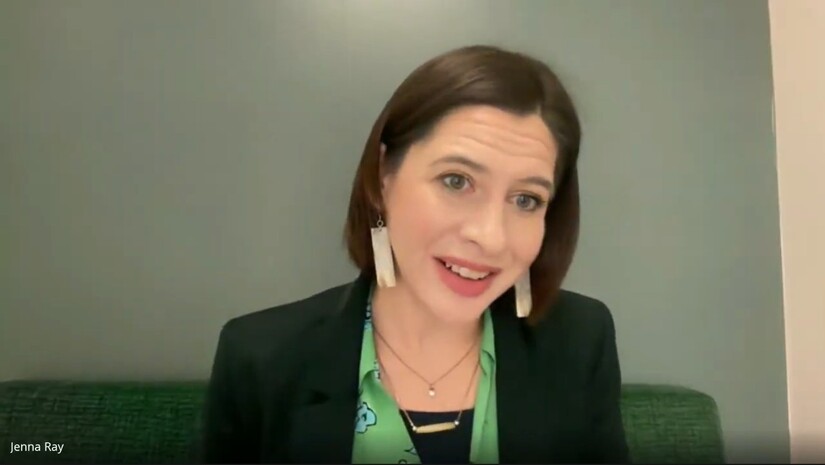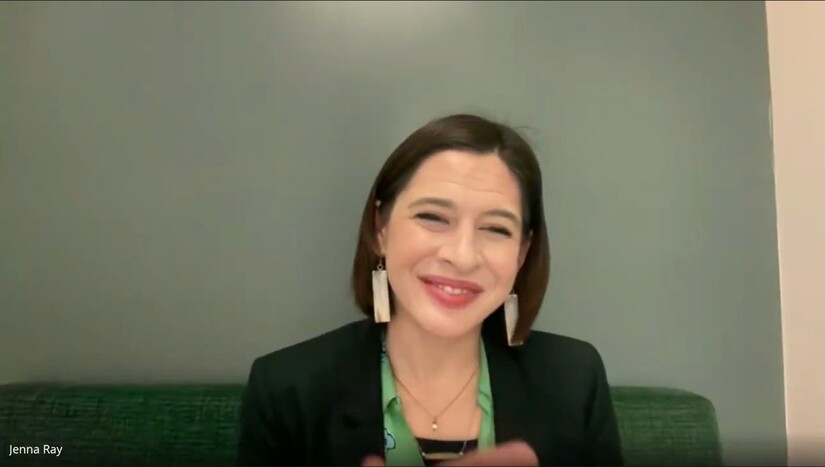Image


On one of the busiest days of the year for Minnesota’s nonprofit sector, GiveMN Chief Executive Officer Jenna Ray stepped away from the fast-moving activity inside the organization’s headquarters for a 25-minute conversation — one that offered a rare real-time window into the engine behind the state’s largest philanthropic tradition.
“It is a busy day here at headquarters, but my time is yours today,” Ray said at the start of the interview, reflecting the blend of urgency and openness that has long defined Give to the Max Day. For Ray, who stepped into the CEO role earlier this summer after years of leadership within GiveMN, the day represents more than a fundraising event. It is a living, breathing expression of who Minnesotans are at their best.

Give to the Max Day, launched in 2009, has grown into one of the most successful giving events in the country, inspiring Minnesotans to contribute more than $330 million to nonprofits and schools over 15 years. When asked what makes the state such fertile ground for this kind of mass civic generosity, Ray pointed to two intertwined values: access and shared responsibility.
“Give to the Max Day is us at our best,” she said. “We prioritize equity and access so every nonprofit and school in Minnesota has an opportunity to participate.”
Minnesota consistently ranks among the nation’s most generous states, not only in dollars donated but in volunteerism and participation. Small towns, rural areas, the Twin Cities, and tribal nations all show up — not as separate entities but as a collective identity.
“All of us are donors, and all of us are philanthropists on Give to the Max Day,” Ray added.

While the tens of millions raised each year is impressive, Ray stressed that the deeper meaning lies in how those dollars translate to everyday impact.
A PTA in a small town funding a music program.
A rural arts museum keeping its downtown space.
A horse sanctuary raising enough to buy 36 bales of hay for the year.
A local food shelf feeding the next person who walks through the door.
“Our brains aren’t wired to comprehend these large numbers,” Ray said. “But every dollar represents hopes, goals, and missions — the everyday fabric of community life.”
One defining feature of Give to the Max Day is that most donations are under $100. Far from being a limitation, Ray sees this as the heart of the tradition.
“Giving is Indigenous,” she said, reflecting on her own background. “People have been caring for one another here since time immemorial. A grassroots movement like Give to the Max is a continuation of that.”
Because of the event’s prize structure, designed with support from the Bush Foundation and the Minnesota Initiative Foundations, even a $5 gift can become $10,000. That possibility, Ray said, breaks down assumptions about who “counts” as a donor.
“We reach tens of millions of dollars $5, $10, $50 at a time,” she said.

From its creation, GiveMN sought to close gaps — first in digital fundraising access, and now in broader philanthropic inequities.
“Early on, only large organizations could afford online fundraising tools,” Ray explained. “We said, " We'll build it, and we’ll make it available to everyone in the state.”
Today, GiveMN’s work includes:
“Democratizing giving” is the phrase Ray returns to often, and her team operationalizes it through constant listening — statewide tours, post-campaign surveys, and close work with organizations year-round.
This year’s backdrop includes inflation, workforce shortages, and an unprecedented disruption in federal funding. Nationwide, one in three nonprofits experienced federal grants or contracts being canceled or suspended.
“That’s a huge challenge,” Ray said. “Government funding is usually reliable, and without it, organizations are making cuts to critical programs or staff.”
But she also sees this moment as an inflection point where Minnesotans can shape the future of their communities.
“People like you and me get to decide what we want our communities to look like,” she said. “Individual giving is more important than ever.”
At 10:00 AM — halfway to midday — GiveMN had already surpassed the fundraising total of its inaugural year.
This year saw:
“We’re meeting our mission of fundraising and philanthropy for everyone,” Ray said.
Her long-term dream? A fully “green” Minnesota on Give to the Max Day — from coffee shops to breweries to school hallways — with the entire state visibly lit up in generosity.
Ray’s leadership is deeply informed by Indigenous giving principles: generosity, abundance, love, mutual care.
“Philanthropy can be colonial, but giving is Indigenous,” she said. “We’re building not only a platform, but a community of care.”
She sees GiveMN as both an innovator and a convener — a bridge between generosity and civic life.
“We want everyone who feels generous to feel welcome and included.”

As Ray guides GiveMN into its next chapter, she is keenly focused on what nonprofit scholars call the “generosity crisis” — the decline in the number of Americans who give annually, even as total dollars rise.
Minnesota, she believes, can lead the national shift.
“We see ourselves bringing people together around generosity and civic engagement,” she said. “That’s where we’re headed next.”
As the conversation came to a close, Ray shared her gratitude and extended an open invitation to return.
“Give to the Max Day is one of the most inspiring civic traditions in our state,” she said. “I’d be happy to come back anytime.”
Minnesota’s signature day of giving is more than a fundraiser — it is a reflection of shared values, collective identity, and a belief that communities are built stronger when everyone has the chance to participate.
And under Jenna Ray’s leadership, that circle of participation is growing wider every year.